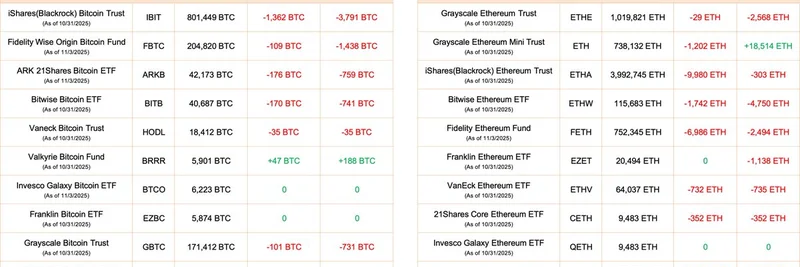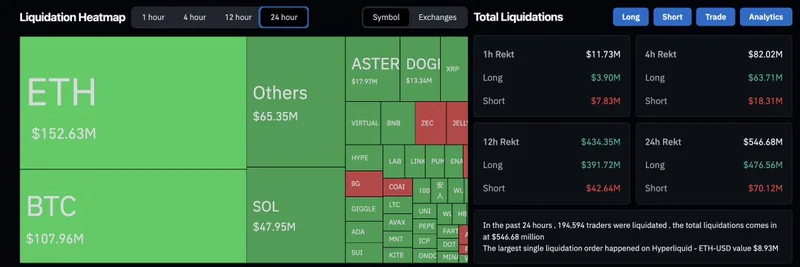In the fast-paced world of decentralized finance (DeFi), security remains a top concern, especially for protocols handling massive amounts of user funds. Recently, the Balancer protocol, a well-established automated market maker (AMM) on Ethereum, fell victim to what appears to be a major exploit. According to on-chain data tracker Lookonchain, approximately $70.6 million in assets were transferred out, including significant holdings like 6,587 Wrapped ETH (WETH) worth about $24.46 million, 6,851 osETH valued at $26.86 million, and 4,260 wstETH totaling around $19.27 million.
This incident highlights the ongoing vulnerabilities in even the most veteran DeFi applications. Balancer, often referred to as an "OG" (original gangster) protocol in the crypto space, has been a staple for liquidity provision and token swaps since its launch. An AMM is essentially a smart contract that allows users to trade tokens without a traditional order book, relying instead on liquidity pools. But as we've seen time and again, these smart contracts can be prime targets for sophisticated attacks if not fortified properly.
The exploit was detailed in a transaction visible on Etherscan, sparking widespread discussion in the crypto community. One notable reaction came from Kam (@0xKDOT), co-founder of BSCNews and MH Ventures, who took to X (formerly Twitter) to express his disbelief and propose practical security enhancements.
In his post, Kam wrote: "This is crazy, especially being a OG app, we need better security measures to overcome this." He then outlined two key suggestions to bolster DeFi security:
Restrict withdrawals to depositor addresses: When users deposit funds into a smart contract, withdrawals should only be permitted from the original depositor's wallet address. While acknowledging the complexity—such as handling multi-signature wallets or delegated access—this approach could promote true decentralization by reducing reliance on centralized controls.
Opt-in 24-hour lock for large withdrawals: Users could choose to enable a time-lock feature for withdrawals exceeding a certain threshold (e.g., >$x amount). This would introduce a cooling-off period, allowing time to detect and respond to suspicious activity. Although it might seem less decentralized at first glance, Kam notes it could be implemented in a way that maintains community governance and transparency.
He concluded by emphasizing the need for the industry to elevate its security standards: "Anyway, time has come we gotta be better at security than this."
For blockchain practitioners, especially those involved in meme tokens—which often launch on platforms like Balancer for liquidity— this serves as a stark reminder. Meme tokens, with their viral nature and rapid value fluctuations, can attract opportunistic hackers. Integrating robust security from the start isn't just best practice; it's essential for survival in the DeFi ecosystem.
Incidents like this Balancer exploit underscore why projects should prioritize audits from reputable firms, implement multi-layered safeguards, and foster community-driven security protocols. As the space evolves, adopting measures like those suggested by Kam could help mitigate risks and build more resilient systems.
If you're building or investing in meme tokens or DeFi projects, staying informed about these events is crucial. Check out more insights on blockchain security and the latest meme token trends right here on Meme Insider.




